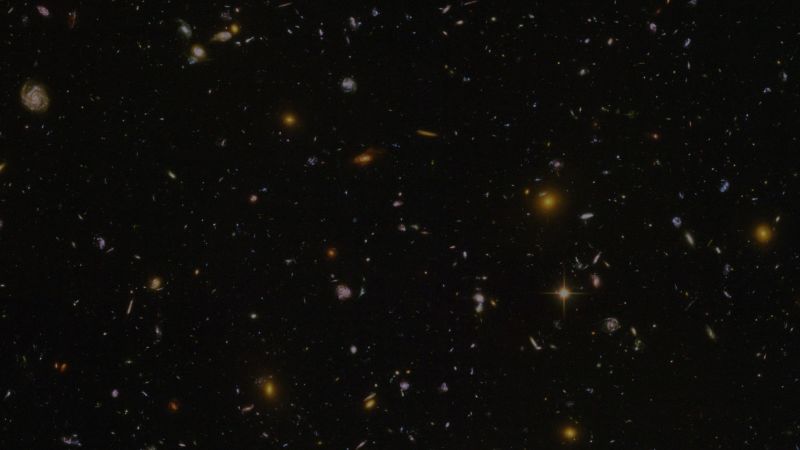A groundbreaking piece of research has recently unfolded an entirely different perspective on the communication framework of whales. Scientists from various global research institutions claim they have dissentangled a potential ‘phonetic alphabet’ in the calls of whales, opening a new chapter of understanding in animal communication and cognitive sciences.
Spielberg’s 1977 classic, “Close Encounters of the Third Kind” depicted scientists using a musical ‘conversation’ to communicate with extraterrestrials. Fast-forward to a few decades later, and it seems life might be imitating art in an unexpected way. However, this time the aliens are much closer to home; they are the whales of our vast oceans.
The notion of human communication has always been marquee in the comprehensive study of linguistics. But the call of the wild sea, echoing with the distinct sounds of these large marine mammals, suggested something more profound than anticipated. Groundbreaking findings indicate that the vocalizations of whales might be far more complex and organized than previously thought.
Researchers dedicated to the subject have put forward a pivotal discovery in the scientific community. They believe to have unveiled a ‘phonetic alphabet’ within these intriguing marine vocalizations. This could mean their calls are not mere sounds but constitute a profoundly advanced communication system, analogous in its complexity to human language.
Unraveling the findings, scientists analyzed several sound patterns and structures from different whale species. These patterns, better known as ‘codas’ amongst scientists, are distinct sequences of clicks produced by whales. What they discovered was nothing short of extraordinary. These codas are not random, as previously presumed, but adhere to specific patterns similar to the phonetics we find in human language.
Further diving into the concept of ‘whale phonetics’, these patterns occurs in various forms – shapes, rhythms, and pitches – akin to syllables and phonemes in human languages. Some patterns are simple and common, while others are complex and unique, possibly indicating different meanings or context.
Notably, these observations weren’t restricted to one species of whales. Similar structural patterns were discovered across different species ranging from the tool-using dolphins of Shark Bay, Australia, the communicating Belugas of the Arctic, and the famed singers – the Humpback whales.
However, deciphering this ‘whale language’ remains a substantial challenge. While we may be witnessing linguistic patterns, understanding the semantics is an entirely different ball game. Scientists are now drawing on advanced technologies such as Artificial Intelligence (AI) and Machine Learning (ML) to potentially decode these patterns and shed more clarity onto the mysterious language of the oceans.
In essence, the excitement around this finding isn’t merely about understanding the communicative methods used by whales. It plunges us deeper into broader questions of animal cognition, intelligence, society, and the essence of communication itself. This research has also opened the door to understanding inter-species communication further, which can ultimately contribute to improved marine conservation efforts.
With this groundbreaking insight into a possible ‘phonetic alphabet’ in whale calls, humans are a step closer to decoding the mysteries of one of the world’s largest mammals. What remains is the mammoth task of understanding what these calls mean, revealing another layer in the vast depths of knowledge that our blue planet holds within itself.




